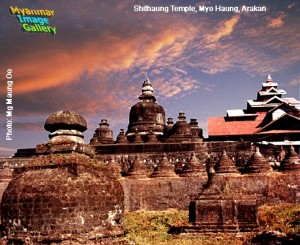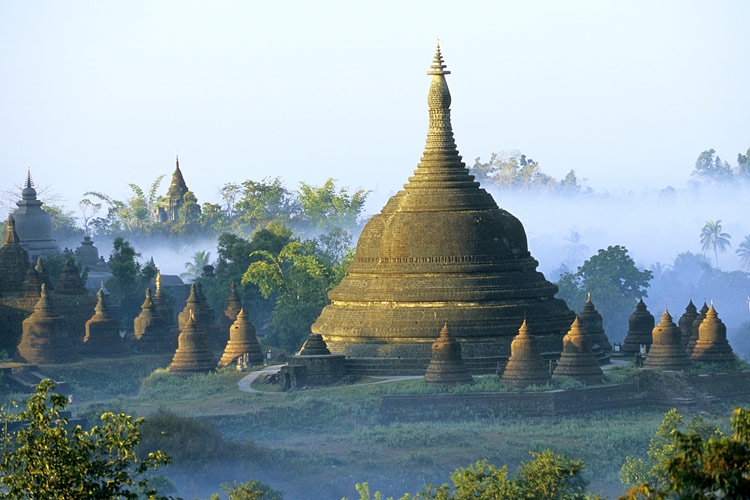The Arakan State parliament approved this week a conservation law to protect the region’s famous historical sites.
The new Arakan State Cultural Heritage Conservation Law, which was originally proposed to the regional assembly by the State Law Drafting Committee, includes penalties for anyone who builds, abuses, digs or exploits demarcated sites of cultural value.
Anyone building in a protected area, including the unauthorised construction of hotels and tourist facilities, could be jailed for up to three years, while illegal commerce or digging at a heritage site will carry a maximum sentence of two years and a one million kyat (US$1,000) penalty.

“We approved the heritage law today after reaching an agreement between the State Law Drafting Committee and MPs,” said Arakan National Party MP and committee chairman Aung Myat Kyaw on Tuesday. “Arakan State is rich in cultural heritage and we agreed that we should have strict laws to conserve these sites.”
The law was drafted by a 17-member committee including parliamentarians, legal experts, historians and academics.
Aung Myat Kyaw told DVB that once the new law is active, copies of the regulations will be distributed to the public. However, he was unable to expand upon which sites would be prioritised for protection.
The people of Arakan, also called Rakhine, have one of the longest documented histories in the region, with ample legends and folklore of a kingdom ruled by King Marayu in the year 3525 BC.
It is said that Buddhism was introduced into Arakan during the lifetime of Siddhartha Gautama, the Buddha himself. According to local chronicles, Siddhartha visited the city of Dhanyawadi in Arakan on his travels.
Little remains at Dhanyawadi today except for the outlines of a once-prominent fortress. However, a towering temple still stands – the home of the Maha Muni statue, which was later seized by the invading Burmese.
In 1433, King Min Saw Mon established Mrauk-U as his capital, located about 50km northeast of present-day Sittwe. It was an epicentre of Buddhism and had dozens of temples and pagodas built from stone, many of which are still standing. The golden age of Mrauk-U lasted well into the 18th century when the Arakanese were defeated by the Burmese.
Sittaung is another well-known stone pagoda site, constructed in 1533 by King Minbin. Its name means “Shrine of the 80,000 Images”, a reference to the number of holy images found inside.
[related]



